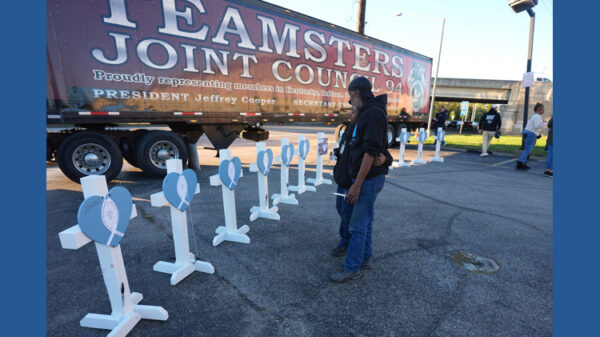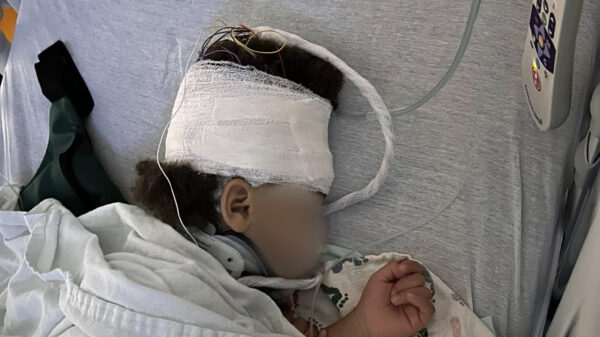In a recent conversation from Amman, the capital of Jordan, NPR correspondent Jane Arraf shared insights gained from decades of reporting on the Middle East. She discussed the current state of the ceasefire, the profound impact of prolonged conflict on everyday civilians, and the notable changes occurring in the region today.
Current Situation in Amman
The ceasefire in various parts of the Middle East appears to be holding, providing a temporary reprieve for communities that have endured years of violence. Arraf noted that while this pause in conflict offers hope, the scars of war remain deeply etched into the lives of ordinary people. Many have experienced loss, displacement, and trauma, which continue to affect their daily lives.
Arraf emphasized the resilience of these communities, highlighting their efforts to rebuild amidst adversity. “The human cost of this conflict is staggering,” she stated. “People are trying to find a sense of normalcy in a landscape that has been shattered.”
Shifts in the Regional Landscape
What feels different today, according to Arraf, is a renewed sense of possibility among some factions in the region. There is a growing acknowledgment, even among long-standing adversaries, of the need for dialogue and cooperation. This shift could signal a change in the long-held narratives surrounding conflict in the Middle East.
Arraf pointed out that the conversations happening now are not only about ceasefires but also about the future. “People are starting to talk about rebuilding their societies, which is a significant development,” she explained. “It’s not just about stopping the fighting; it’s about what comes next.”
The ongoing dialogue, though fragile, may indicate a potential path toward stability. Arraf stressed that while challenges remain, the collective desire for peace is stronger than ever. “There is an unmistakable yearning for a different future,” she added, reflecting on the sentiments she has observed during her reporting.
For those who have lived through the turmoil, the path to recovery is daunting. Many families continue to grapple with the aftermath of conflict, seeking not only safety but also economic opportunities and education for their children. “The hope is palpable, but so is the reality of the situation,” Arraf concluded.
As the situation evolves, Arraf remains committed to illuminating the stories of those impacted by these events. Her decades of experience in the region serve as a vital lens through which the complexities of the Middle East can be understood. While the ceasefire holds, the narrative continues to unfold, offering both challenges and opportunities for the people of this diverse and dynamic region.





































































